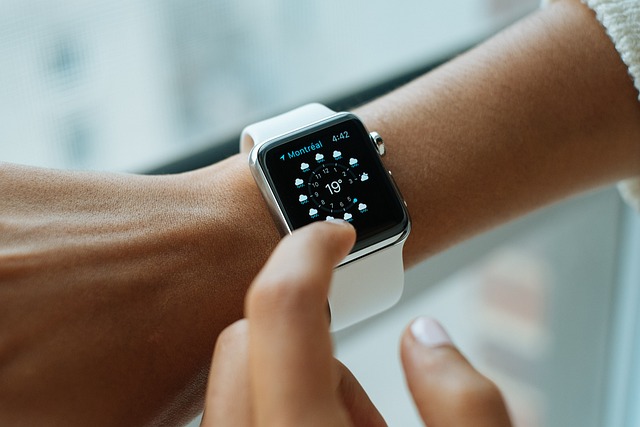Wearable technology has become an integral part of our lives, offering not just convenience, but also profound insights into our health and well-being. Among the latest innovations, eye-tracking sensors stand out as a remarkable advancement in the wearable tech space. These devices, designed to monitor and analyze eye movements and activities, open a new frontier in both health innovation and technological capabilities.
Imagine wearing a sleek device that unobtrusively observes your eye movements while you go about your daily business. Eye-tracking sensors are gaining traction in various sectors, from healthcare to gaming and beyond. In healthcare, these sensors offer physicians a window into the cognitive and visual health of their patients. By analyzing patterns of eye movements, healthcare professionals can detect early signs of conditions like Alzheimer’s, PTSD, or even ADHD. The ability to assess a patient’s mental state through something as simple as eye movement is revolutionary.
Beyond merely detecting health conditions, eye-tracking sensors are also paving the way for personalized medical interventions. With this technology, doctors can tailor treatments based on real-time data gathered through these devices. For instance, an eye-tracking sensor could track a patient’s response to medication by observing changes in their visual engagement and patterns. The potential for improved patient outcomes through personalized care is significant.
Furthermore, eye-tracking technology has transformed the landscape of rehabilitation. Patients recovering from strokes or traumatic brain injuries can benefit immensely from eye-tracking sensors. These devices facilitate targeted exercises, allowing therapists to monitor progress and adapt strategies efficiently. Such innovations empower patients on their journey to recovery, making rehabilitation not just a process, but an engaging experience.
Moreover, the appeal of eye-tracking extends beyond the medical field. As part of the broader wearable technology ecosystem, these sensors enhance user interaction in gaming and virtual reality. Imagine immersing yourself in a virtual world where your gaze controls everything from cursor movements to object selection. With eye-tracking sensors seamlessly integrated, gaming experiences become more dynamic and intuitive, reflecting the future of entertainment and interactive design.
The growing acceptance of eye-tracking technology also underscores a significant shift in societal attitudes toward personal health analytics. People are increasingly willing to embrace devices that monitor their well-being, and eye-tracking sensors provide a non-invasive means to do just that. This movement towards data-driven health choices fosters a sense of agency in individuals, empowering them to take charge of their health in ways that were previously unimaginable.
In the realm of wellness, eye-tracking sensors offer insights into stress and fatigue levels, allowing users to make informed decisions about their work-life balance. Imagine having a device that alerts you when your eye strain is elevating, nudging you to take breaks and practice mindfulness. This proactive approach cultivates a healthier lifestyle, reminding us of the interplay between technology and self-care.
As we continue to embrace technological innovations, it’s essential to recognize the human element in these advancements. Eye-tracking sensors are more than just gadgets; they represent a bridge between technology and health. Their impact on our lives, from enhancing treatments and recovery to transforming entertainment experiences, illustrates the immense potential of merging health innovations with cutting-edge technology.
The future is bright for eye-tracking sensors as they pave the way for a healthier, more connected society. As we adapt to this new era of technology, one thing becomes clear: wearable devices will play a crucial role in our understanding of health, opening doors to improved quality of life through innovative solutions.



